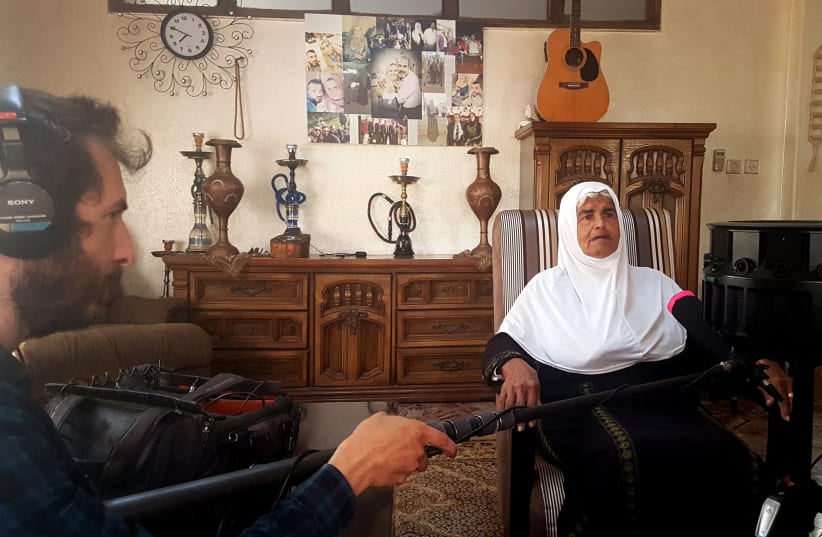Virtual-reality brings us into Palestinian and Israeli homes
“Within the wider subject matter I discerned that, differences notwithstanding, there is much closeness, and similarities,” said Daniel Landau, the creator of the exhibition 'Visitors, 2018.'
